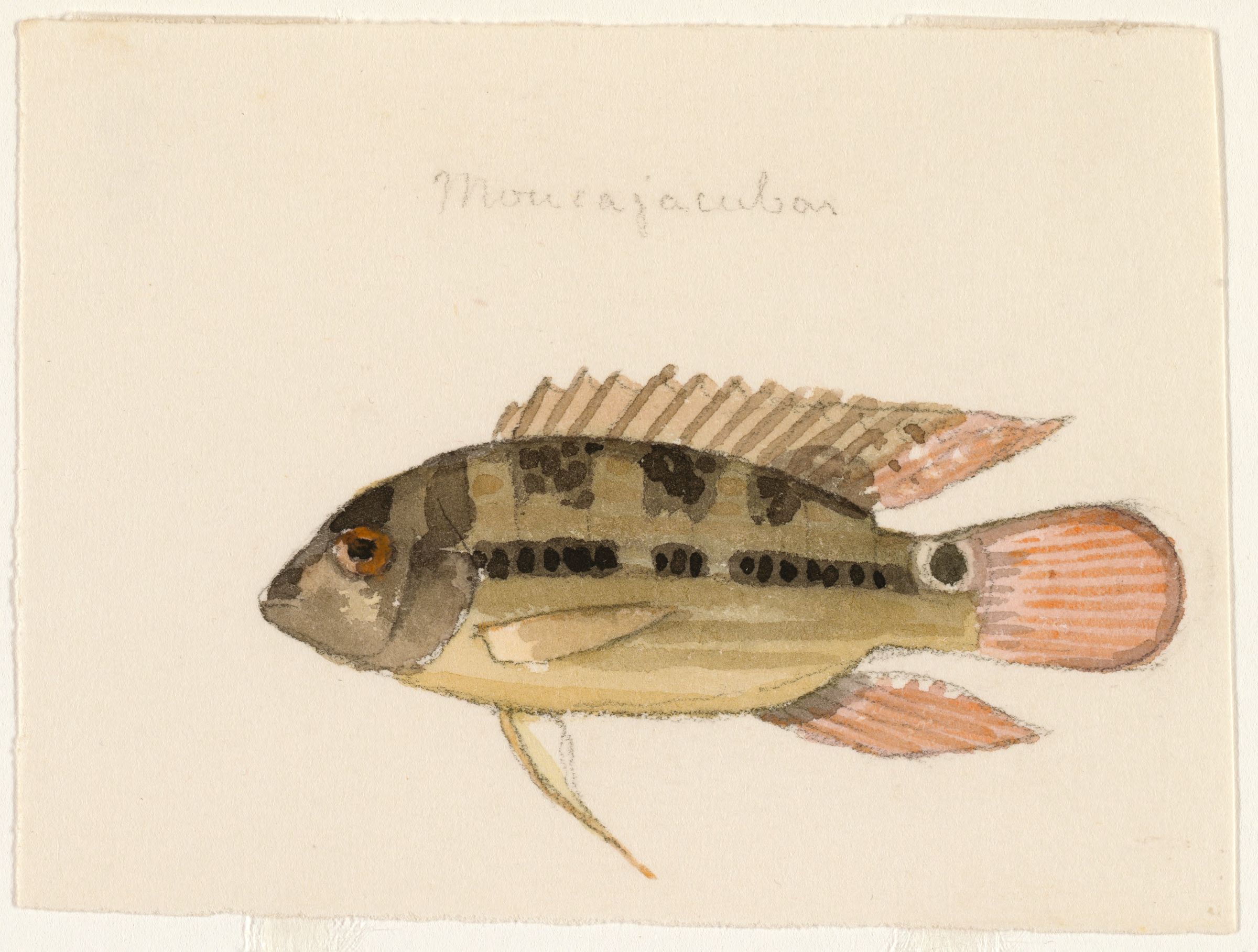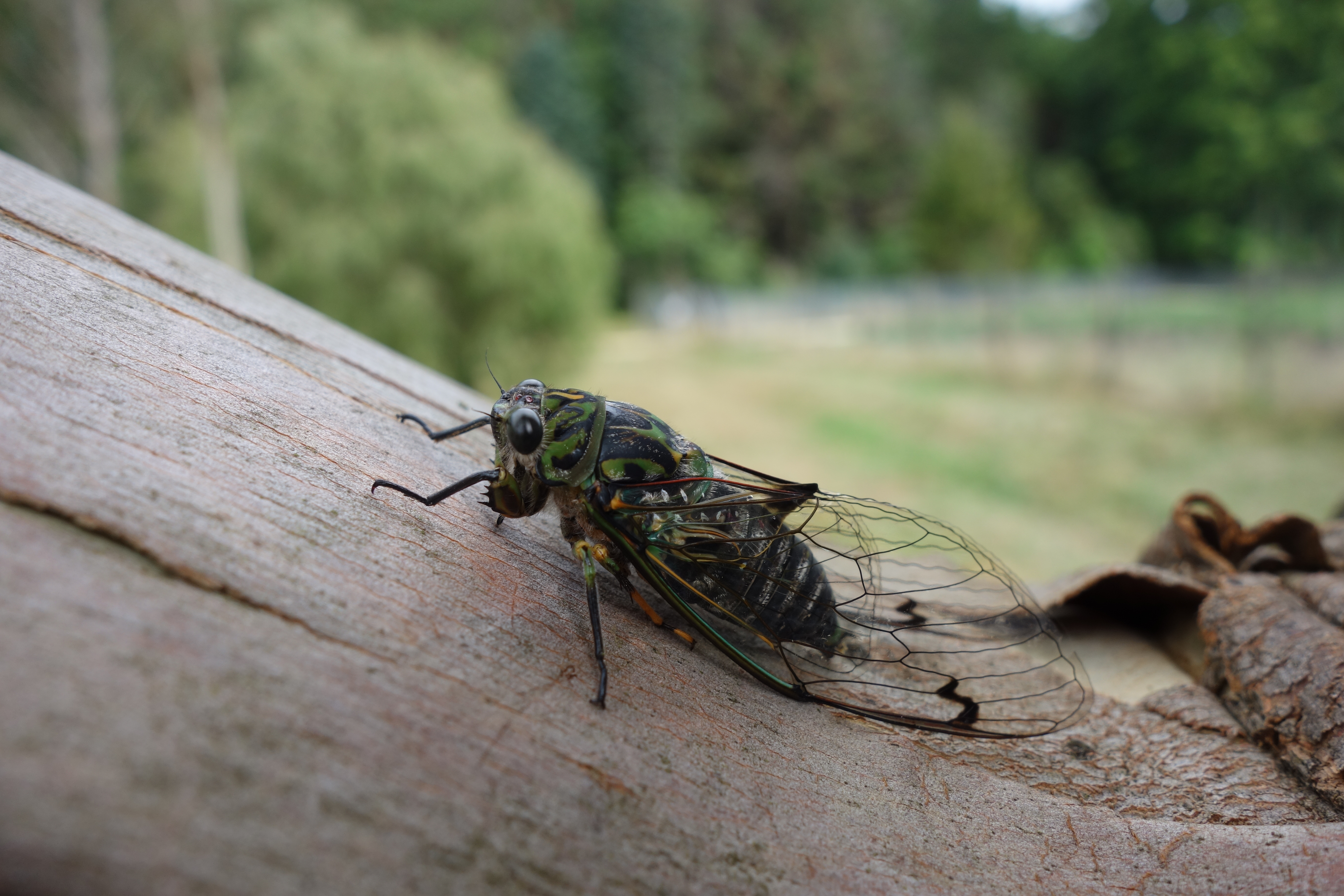|
Tropheini
Tropheini is a tribe of African cichlids, endemic to Lake Tanganyika Lake Tanganyika ( ; ) is an African Great Lakes, African Great Lake. It is the world's List of lakes by volume, second-largest freshwater lake by volume and the List of lakes by depth, second deepest, in both cases after Lake Baikal in Siberia. .... The species in this tribe are mouthbrooders. Genera *'' Limnotilapia'' *'' Lobochilotes'' *'' Petrochromis'' *'' Pseudosimochromis'' *'' Simochromis'' *'' Tropheus'' References External links * http://www.helsinki.fi/~mhaaramo/metazoa/deuterostoma/chordata/actinopterygii/perciformes/labroidei/cichlidae/tropheini.html * https://web.archive.org/web/20110607061112/http://www.ingentaconnect.com/content/klu/hydr/2003/00000500/F0030001/05138261;jsessionid=gf1j8h4qqp3d.alexandra * https://web.archive.org/web/20090405230640/http://www.tropheini.com/tropheini.htm * http://www.cichlidexplorer.com/category/lake-tanganyika-cichlids/tropheini/ Fish tribes ... [...More Info...] [...Related Items...] OR: [Wikipedia] [Google] [Baidu] |
Lake Tanganyika
Lake Tanganyika ( ; ) is an African Great Lakes, African Great Lake. It is the world's List of lakes by volume, second-largest freshwater lake by volume and the List of lakes by depth, second deepest, in both cases after Lake Baikal in Siberia. It is the world's longest freshwater lake. The lake is shared among four countries—Tanzania, the Democratic Republic of the Congo (the DRC), Burundi, and Zambia—with Tanzania (46%) and the DRC (40%) possessing the majority of the lake. It drains via the Lukuga River into the Congo River system, which ultimately discharges at Banana, Democratic Republic of the Congo into the Atlantic Ocean. Geography Lake Tanganyika is situated within the Albertine Rift, the western branch of the East African Rift, and is confined by the mountainous walls of the valley. It is the largest rift lake in Africa and the second-largest freshwater lake by volume in the world. It is the deepest lake in Africa and holds the greatest volume of fresh water on the ... [...More Info...] [...Related Items...] OR: [Wikipedia] [Google] [Baidu] |
Cichlid
Cichlids () are a large, diverse, and widespread family of percomorph fish in the family Cichlidae, order Cichliformes. At least 1,760 species have been scientifically described, making it one of the largest vertebrate families, with only the Cyprinidae being more speciose. New species are discovered annually, and many species remain undescribed. The actual number of species is therefore unknown, with estimates varying between 2,000 and 3,000. They are native to the Neotropics, Africa (including Madagascar), the Middle East, and the Indian subcontinent, although some species have been introduced worldwide. Many cichlids, particularly tilapia, are important food fishes, while others, such as the '' Cichla'' species, are valued game fish. The family also includes many popular freshwater aquarium fish kept by hobbyists, including the angelfish, oscars, and discus. Cichlids have the largest number of endangered species among vertebrate families, most in the haplochrom ... [...More Info...] [...Related Items...] OR: [Wikipedia] [Google] [Baidu] |
Limnotilapia
''Limnotilapia dardennii'', the latticed cichlid, is a species of cichlid endemic to Lake Tanganyika, where it prefers rocky areas near the coast. It may also be found in the aquarium trade. This species is currently the only known member of its genus. Description On colour these fish are yellowish olive on the upperparts and silvery on the ventral surfaces, it is marked with eleven dark vertical bars starting between the eyes, the fins are yellowish with the dorsal fin marbled with olive and the pectoral fin and anal fin have red bases. The males of this species can reach a total length of , and females can reach a length of . Distribution ''Limnotilapia dardennii'' is widely distributed in Lake Tanganyika and it also occurs in the delta of the Malagarasi River. It occurs in Zambia, Tanzania, Burundi and the Democratic Republic of Congo. Habitat and biology ''Limnotilapia dardennii'' lives close to the shore, preferring sandy areas to rocky zones. Juvenile fish live in shall ... [...More Info...] [...Related Items...] OR: [Wikipedia] [Google] [Baidu] |
Lobochilotes
''Lobochilotes labiata'' is a species of fish endemic to Lake Tanganyika. This species can reach a length of , and can be found in the aquarium trade. It is currently the only known species in its genus. See also *List of freshwater aquarium fish species A vast number of freshwater species have successfully adapted to live in aquariums. This list gives some examples of the most common species found in home aquariums. Siluriformes, Catfish Characiformes, Characoids Cichl ... References Monotypic fish genera Taxa named by George Albert Boulenger Taxonomy articles created by Polbot {{Pseudocrenilabrinae-stub ... [...More Info...] [...Related Items...] OR: [Wikipedia] [Google] [Baidu] |
Petrochromis
''Petrochromis'' is a genus of cichlids endemic to Lake Tanganyika in east Africa. Species There are currently 8 recognized species are in this genus: * '' Petrochromis ephiphium'' Brichard, 1989 * '' Petrochromis famula'' Matthes & Trewavas, 1960 * '' Petrochromis fasciolatus'' Boulenger, 1914 * '' Petrochromis horii'' Takahashi & Koblmüller, 2014Takahashi, T. & Koblmüller, S. (2014): A new species of ''Petrochromis'' (Perciformes: Cichlidae) from Lake Tanganyika. ''Ichthyological Research, 61 (3): 252-264.'' * '' Petrochromis macrognathus'' Yamaoka, 1983 * '' Petrochromis orthognathus'' Matthes, 1959 * '' Petrochromis polyodon'' Boulenger, 1898 * '' Petrochromis trewavasae'' Poll Poll, polled, or polling may refer to: Forms of voting and counting * Poll, a formal election ** Election verification exit poll, a survey taken to verify election counts ** Polling, voting to make decisions or determine opinions ** Polling pla ..., 1948 (Thread-fin cichlid) References ... [...More Info...] [...Related Items...] OR: [Wikipedia] [Google] [Baidu] |
Pseudosimochromis
''Pseudosimochromis'' is a genus of fish in the cichlid family, endemic to the Lake Tanganyika basin in Africa. They are small mouthbrooding cichlids that can reach up to in length. Species The species in ''Pseudosimochromis'' were formerly included in '' Simochromis''.Eschmeyer, W. N.; R. Fricke; and R. van der Laan (7 April 2017)Catalog of Fishes.Retrieved 7 April 2017. The limits between the individual species is in need of a review.Van Steenberge; Pariselle; Huyse; Volckaert; Snoeks; and Vanhove (2015). Morphology, Molecules, and Monogenean Parasites: An Example of an Integrative Approach to Cichlid Biodiversity. PLOS ONE 10(6): e0129987. As presently defined, following are recognized in the ''Pseudosimochromis'':Konings, A.F. (2015). Tanganyika Cichlids in their natural habitat. 3rd edition. . * '' Pseudosimochromis babaulti'' ( Pellegrin, 1927) * '' Pseudosimochromis curvifrons'' (Poll, 1942) * '' Pseudosimochromis margaretae'' ( Axelrod & Harrison, 1978) * '' Pseudosim ... [...More Info...] [...Related Items...] OR: [Wikipedia] [Google] [Baidu] |
Simochromis
''Simochromis'' is a genus of cichlids endemic to Lake Tanganyika in Africa. Species There is currently one recognized species are in this genus:Eschmeyer, W. N.; R. Fricke; and R. van der Laan (7 April 2017)Catalog of Fishes.Retrieved 7 April 2017.Van Steenberge; Pariselle; Huyse; Volckaert; Snoeks; and Vanhove (2015). Morphology, Molecules, and Monogenean Parasites: An Example of an Integrative Approach to Cichlid Biodiversity. PLOS ONE 10(6): e0129987. Konings, A.F. (2015). Tanganyika Cichlids in their natural habitat. 3rd edition. . * '' Simochromis diagramma'' ( Günther, 1894) Four other species have been included, but are now generally in ''Pseudosimochromis'': * '' Pseudosimochromis babaulti'' ( Pellegrin, 1927) * '' Pseudosimochromis curvifrons'' (Poll, 1942) * '' Pseudosimochromis margaretae'' G. S. Axelrod & J. A. Harrison, 1978 * '' Pseudosimochromis marginatus'' (Poll Poll, polled, or polling may refer to: Forms of voting and counting * Poll, a formal electio ... [...More Info...] [...Related Items...] OR: [Wikipedia] [Google] [Baidu] |
Tropheus
''Tropheus'' is a small genus of at least six species of cichlids endemic to Lake Tanganyika in East Africa. The genus is widespread across all regions of Lake Tanganyika, from Burundi in the north to Zambia in the south. Males and females are relatively similar in color, with only subtle sexual dimorphism in the form of the male's larger size. All species are maternal mouthbrooders, with the females caring for their eggs and fry in their mouths; this characteristic provides their generic name, ''Tropheus'', which comes from the Greek '' trophos'', which means "to nurse" or, according to Boulenger, "one who rears, brings up, educates". The genus is fished lightly by the local population, but has never become a staple food fish due to its relatively small size and its habitat, which enables it to dart between rocks when threatened. Most species occur along the coastal fringes of the lake at depths less than 3 m. These rocky shores, with numerous rocky outcroppings and boulder for ... [...More Info...] [...Related Items...] OR: [Wikipedia] [Google] [Baidu] |
Tropheus Duboisi
''Tropheus duboisi'', the white spotted cichlid, is a species of cichlid endemic to Lake Tanganyika. It can reach a length of . Distribution and habitat The species is found only in Lake Tanganyika, restricted to rocky substrates (rubble or slabs) in the northern portion of the lake. It occurs to a depth of 30 m. Three subpopulations are distinguished in different parts of the lake: "Maswa", "Karilani Island", and "Kigoma". Ecology ''T. duboisi'' cichlids feed on the algae growing on the rocky substrate they frequent. The species engages in mouth-brooding; eggs are hatched in the mother's mouth, and young fish use it as shelter for some time after hatching. Conservation The species is classified as vulnerable due to their small estimated population size (a few thousand) and restricted distribution. It is heavily in demand in the aquarium trade, and likely impacted to some degree by increases in sedimentation in its natural habitat. Etymology The specific name honours the colle ... [...More Info...] [...Related Items...] OR: [Wikipedia] [Google] [Baidu] |
Tribe (biology)
In biology, a tribe is a taxonomic rank above genus, but below family and subfamily. It is sometimes subdivided into subtribes. By convention, all taxa ranked above species are capitalized, including both tribe and subtribe. In zoology, the standard ending for the name of a zoological tribe is "-ini". Examples include the tribes Caprini (goat-antelopes), Hominini (hominins), Bombini (bumblebees), and Thunnini (tunas). The tribe Hominini is divided into subtribes by some scientists; subtribe Hominina then comprises "humans". The standard ending for the name of a zoological subtribe is "-ina". In botany, the standard ending for the name of a botanical tribe is "-eae". Examples include the tribes Acalypheae and Hyacintheae. The tribe Hyacintheae is divided into subtribes, including the subtribe Massoniinae. The standard ending for the name of a botanical subtribe is "-inae". In bacteriology, the form of tribe names is as in botany, e.g., Pseudomonadeae, based on the ge ... [...More Info...] [...Related Items...] OR: [Wikipedia] [Google] [Baidu] |
Endemism
Endemism is the state of a species being found only in a single defined geographic location, such as an island, state, nation, country or other defined zone; organisms that are indigenous to a place are not endemic to it if they are also found elsewhere. For example, the Cape sugarbird is found exclusively in southwestern South Africa and is therefore said to be ''endemic'' to that particular part of the world. An endemic species can also be referred to as an ''endemism'' or, in scientific literature, as an ''endemite''. Similarly, many species found in the Western ghats of India are examples of endemism. Endemism is an important concept in conservation biology for measuring biodiversity in a particular place and evaluating the risk of extinction for species. Endemism is also of interest in evolutionary biology, because it provides clues about how changes in the environment cause species to undergo range shifts (potentially expanding their range into a larger area or b ... [...More Info...] [...Related Items...] OR: [Wikipedia] [Google] [Baidu] |


